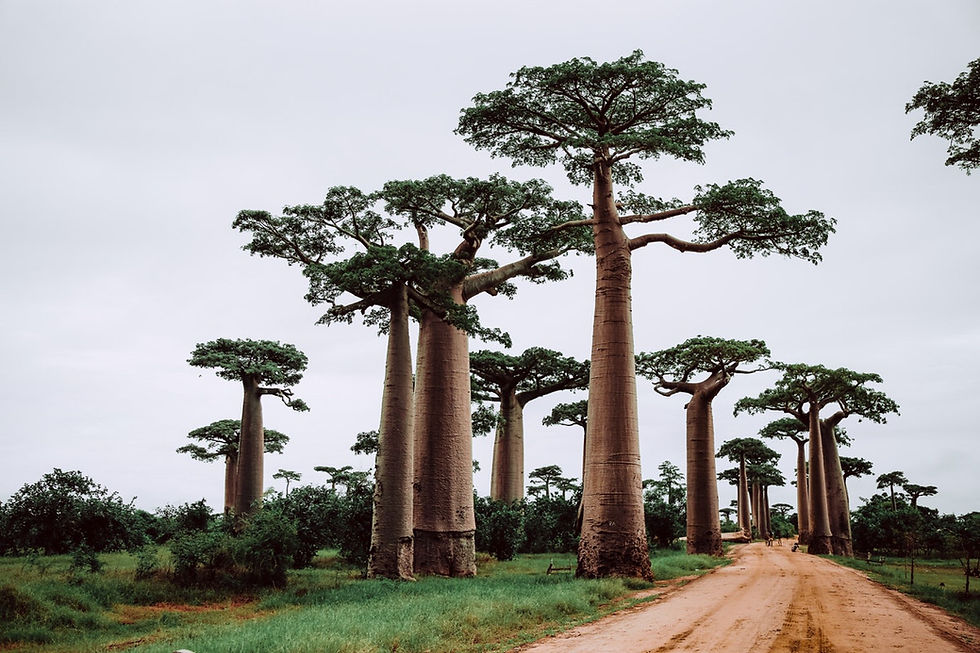the wildlife of tanzania
- Andrew Watts
- Jun 6, 2017
- 2 min read
Updated: Mar 10, 2024

Members of the Titchfield Gardeners' Club experienced a virtual tour around some of the African National Parks when this months' guest speaker Andrew Watts gave a presentation on the wildlife of Tanzania, as a result of his many safaris to the continent since 1997 in pursuit of wildlife photography.
The journey began with a visit to the Tarangire National Park, famous for it's baobab trees (which are in fact very large succulents). Large herds of elephants, lions weighing up to 30 stone, and lionesses weighing up to 20 stone, are another feature of this park.
Onwards to Lake Manyara National Park sited at the foot of the Rift Valley. The lake is fed by many freshwater streams, giving rise to famous tree climbing lions and an abundance of birdlife—particularly pelicans.
We then had a whistle stop tour of Lake Natron, which is heavily contaminated with sodium bicarbonate that has made it's way down through the water courses from the nearby active volcano, Ol Doinyo Lengai.
Then on to the famous Serengeti, home to an acacia tree species commonly called the "whistling thorn". The name is derived from the whistling sound caused by the wind passing over entrance holes of bulbous galls made by an ant species that live inside the trees. The ants offer protection for the tree by either praying on invasive caterpillars or swarming over animals that come to eat the foliage. In terms of other wildlife, the Serengeti is home to hippos, crocodiles, ostriches, hyenas, topi, hartebeest, gazelles and elephants, among others. The landscape is also dotted with the "fever tree", a name given to the yellow barked acacia, derived from a belief that the bark was the cause of malaria—before the discovery that the mosquito was in fact the culprit!
Our next stop was the Ngorongoro Crater, formed two million years ago when an extinct volcano folded in on itself, forming a high walled crater that over time has become a haven for some of Tanzania's amazing animal kingdom—bull elephants and black rhinos, but no giraffes, which find the steep stones too difficult to navigate.
The closing stages of the tour took a trip up Mount Kilimanjaro, first through the belt of tropical rainforest, then up through the grassland (when're some species of impatiens and helichrysums can exclusively be found), before the final rocky approach to the breathtaking snowcapped summit.
Robert Blake





Comments